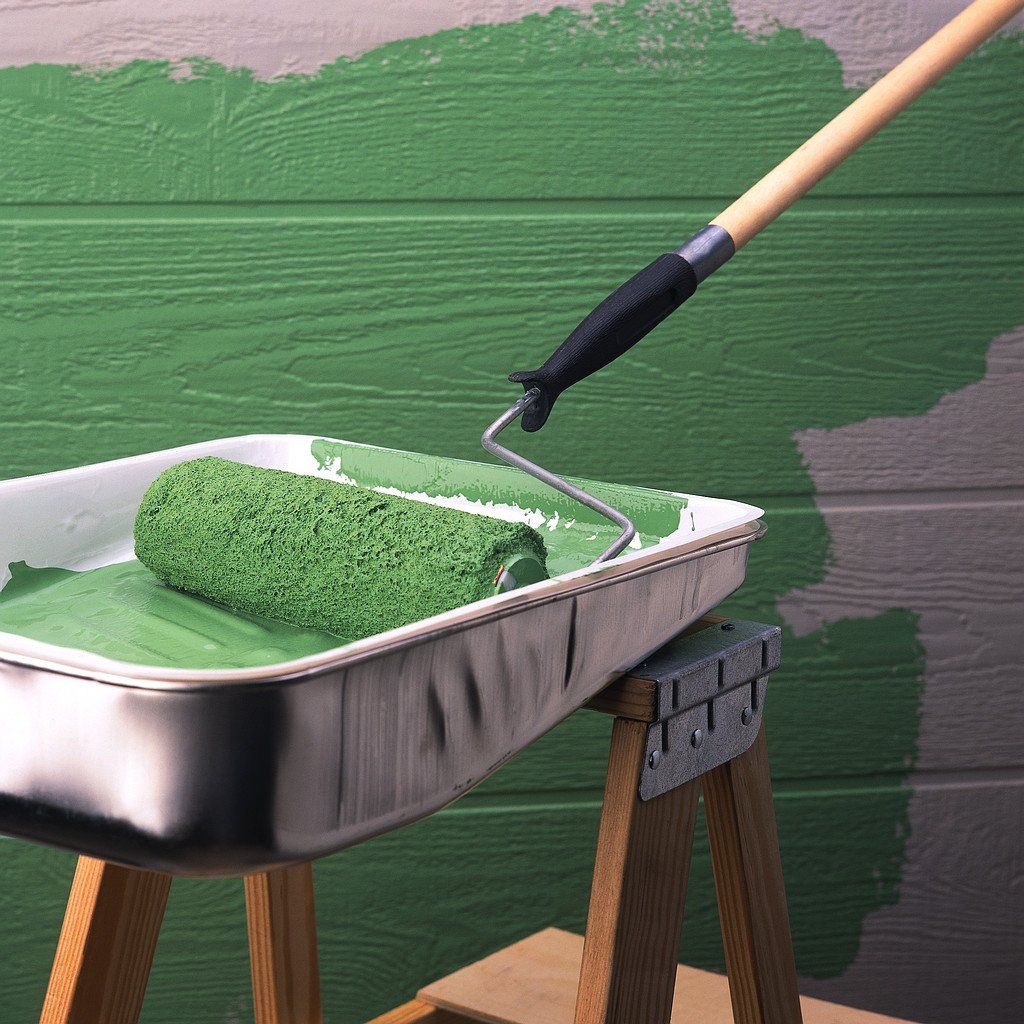MOLD ASSESSMENTS
INDOOR AIR QUALITY
INDUSTRIAL HYGIENE
In Part 1 and Part 2 of this discussion, we looked at the who did what research that provided a means to the answer of how. While it’s impossible to cover all means of performing construction and renovation work without compromising the IEQ, in this blog I want to touch on some practical recommendations that may be useful in doing so.

VOCs: Choose building materials and contents with low or no Volatile Organic Compound (VOC) emissions. The term VOC is a broad-based classification of thousands of organic gases that vaporize spontaneously at the prevailing temperature and pressure of the surrounding atmosphere. This vaporization process is often referred to as “off-gassing”. VOCs may be found in paints, varnishes, pressed wood, adhesives, wax containing organic solvents, cleaning and disinfecting products, cosmetics, hobby products, and many other substances. Examples include formaldehyde, benzene, toluene, acetone, limonene, styrene, and ethanol. In the future, I plan on writing about VOCs, getting into some of these specific agents; for now, know that they can cause ill-health, including but not limited to eye, nose and/or throat discomfort or irritation, allergic skin reactions, nausea, dyspnea, headache, fatigue, and dizziness.
Outdoor Activities: Grind, cut, and sand as much as possible outdoors, away from windows and doors. Respirable particulate (or particles) can be an irritant, may be an allergy and asthma trigger, and could cause disease (e.g., cancer). Also, they absorb gasses, fumes and vapors in the atmosphere and carry them into the lungs. By removing these materials from the indoor environment, we reduce the risk of exposure to these environmental stressors.
HEPA Vacuuming: Sometimes one can't grind, cut, or sand outdoors. Some work has to be done indoors. When grinding, cutting, sanding, or, otherwise, creating dust indoors, utilize HEPA-grade vacuuming at the source of dust generation (e.g., HEPA grade sanding devices).
Cleaning: Clean the work area before moving onto each new phase of construction and before leaving the work area at lunch or the end of the day, utilizing as little chemicals as possible in the process.
Moisture Control: Keep the work area dry and well ventilated. If an accident occurs that leads to excess water in building materials or in the atmosphere, professionally dry the area promptly.
Temperature Control: Part of a well ventilated space is prevention of heat and cold stress hazards. During construction or renovation, if the building's Heating, Ventilation, and Air Conditioning (HVAC) system cannot be used or isn't sufficient in providing protection from these stressors, temporary HVAC system(s) may be necessary.
Stay In Your Lane: If you or a team member is unsure how to prevent poor IEQ or how to respond to a known, suspect, or potential IEQ problem, have a plan in place to contact an Indoor Environmental Consultant (e.g., Gulf Coast Center for Indoor Air Quality Services) to assure no one is working or occupying an unsafe environment and/or no activities will lead to poor IEQ. We, all, can’t be mechanical engineers, electricians, plumbers, industrial hygienists, etc. We need each other. Operating as a team provides for the best opportunity of success in anything we do.
E-mail: myiaq@gulfcoastiaq.com
Call Us: 888 762 6322
Gulf Coast IAQ Headquarters
P.O. Box 181138
Tallahassee, FL 32318











All Rights Reserved | Gulf Coast Center for Indoor Air Quality Services LLC